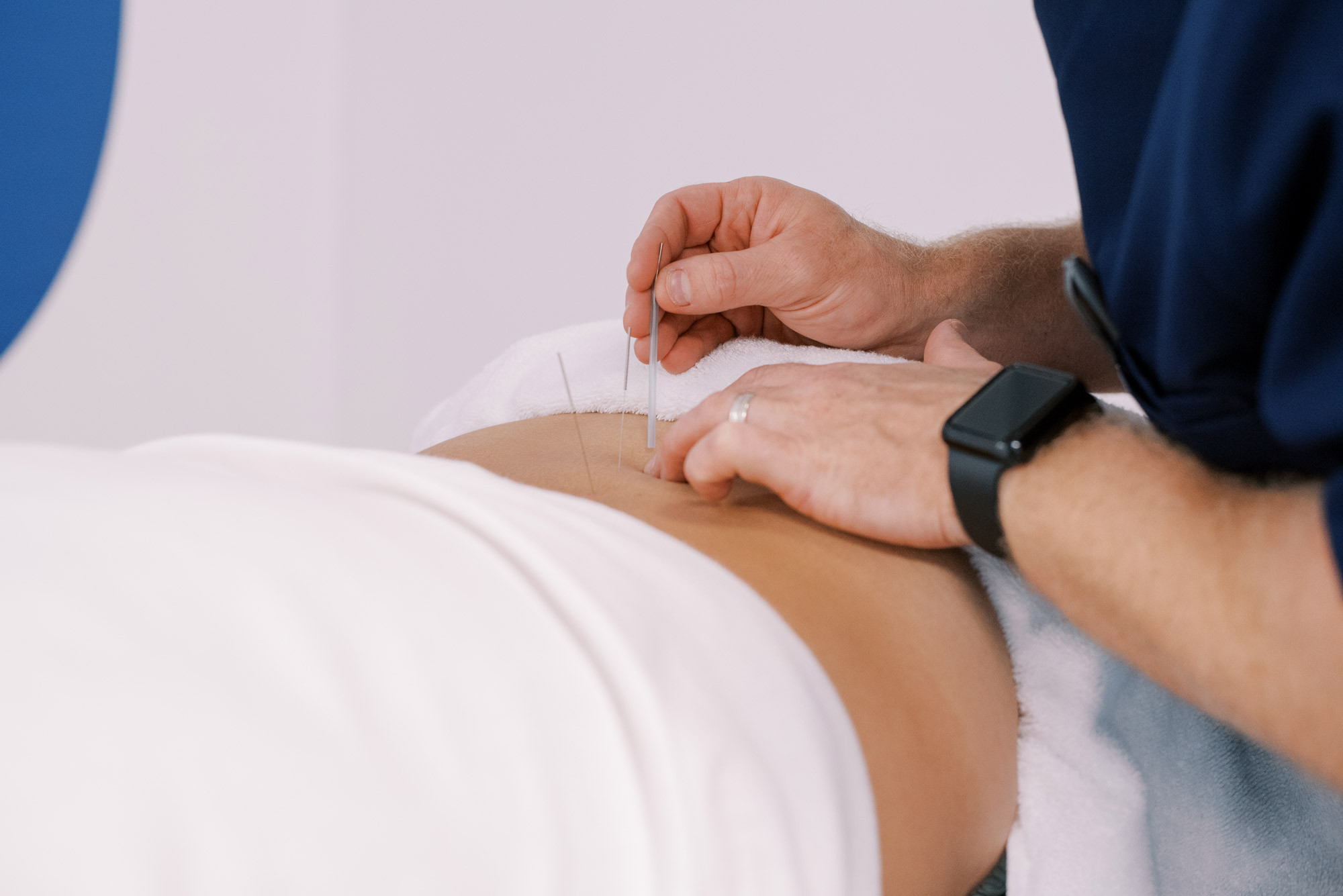What is dry needling?
Dry needling is a treatment that eases muscle pain, relaxes tight muscles, and improves movement. Your provider performs this technique using a specialized filiform needle.
Filiform needles are very thin (much narrower than the needles used for an injection) and tapered at one end. As a result, they easily glide through your skin and into the targeted muscle.
After your provider inserts the needle, it disrupts the tight muscle contractions and relaxes the tissues. The procedure also restores nerve function and blood flow that were restricted due to the tight muscles. All these changes quickly relieve your pain.
What conditions improve with dry needling?
Your provider may recommend dry needling to:
Relax trigger points
Dry needling is best known for treating trigger points. A trigger point is a small area of knotted muscle fibers. The muscle knots develop when a group of fibers don’t relax. Instead, they stay in an ongoing contraction that puts pressure on the blood vessels and nerves.
Trigger points often occur due to repetitive movement, stress, tense muscles, or an injury. Poor posture can also stress the muscle and cause a trigger point.
Ease chronic musculoskeletal pain
Dry needling relieves the pain of myofascial pain syndrome and fibromyalgia. Fibromyalgia causes muscle pain and tenderness throughout your body. Many people with fibromyalgia also develop trigger points.
Myofascial pain syndrome occurs when trigger points occur in the fascia, a layer of connective tissue surrounding all your muscles and organs. The fascia contains nerves, so it causes just as much pain as a muscle when it develops a trigger point.
Relieve muscle tightness
Dry needling improves movement and relieves pain caused by scar tissue or a large band of tight muscles. In this role, the technique treats conditions such as:
- Joint problems
- Tendonitis
- Whiplash
- Migraines and tension headaches
- Neck and shoulder pain
- Temporomandibular joint (TMJ) disorder
Dry needling often eases the pain that occurs when ongoing stress tightens your muscles.
What should I expect during dry needling?
The needle may barely go below the skin’s surface, or penetrate to a deeper level. Your provider may keep the needles in for seconds or up to 15 minutes. Your session depends on the underlying condition.
To learn more about dry needling, call Back To You Physical Therapy & Rehabilitation to book an appointment today.

